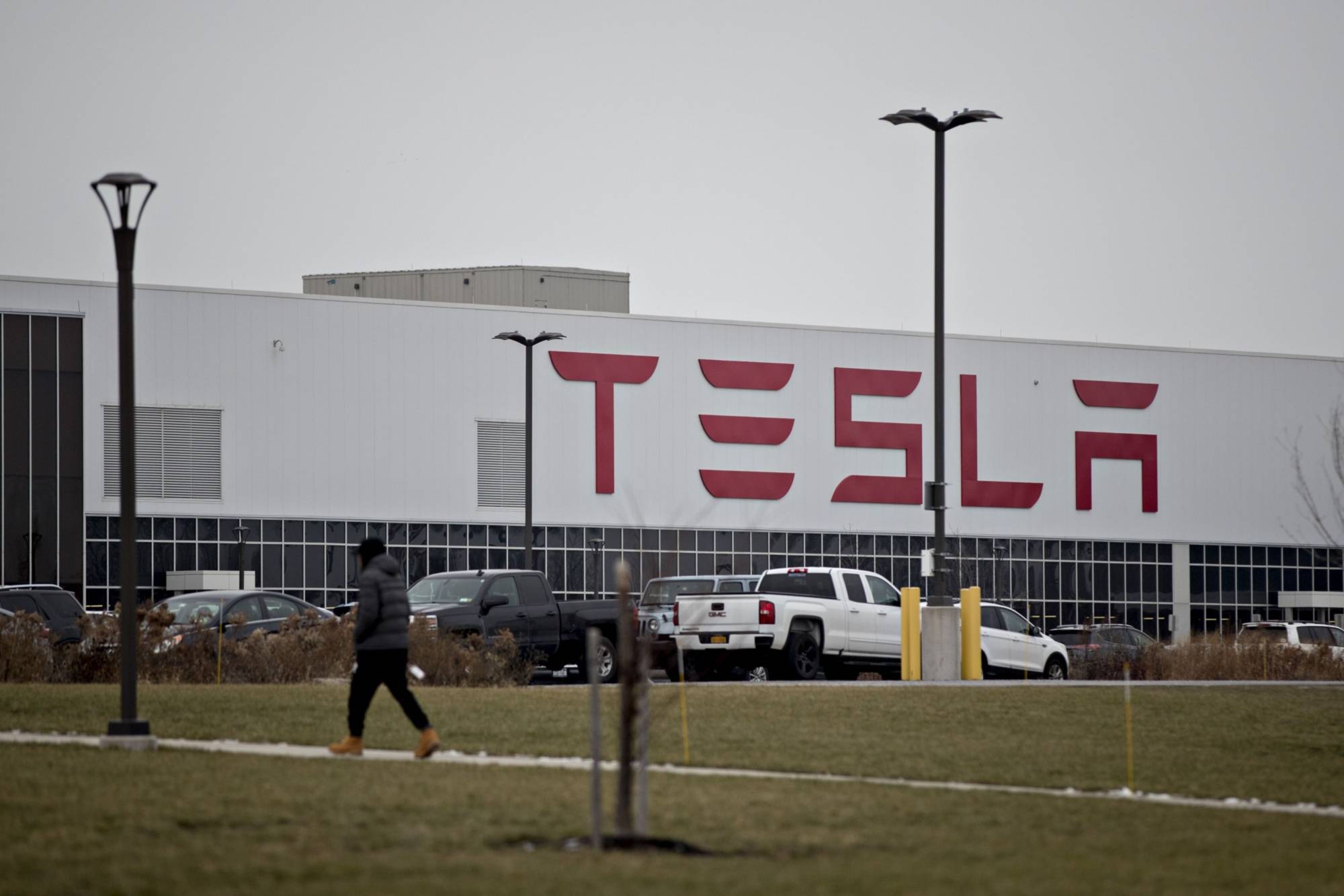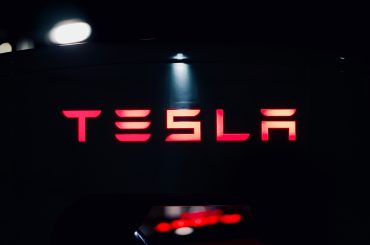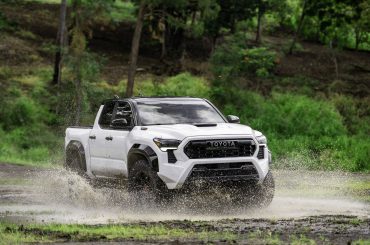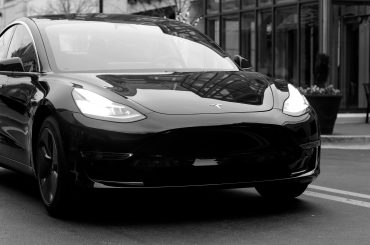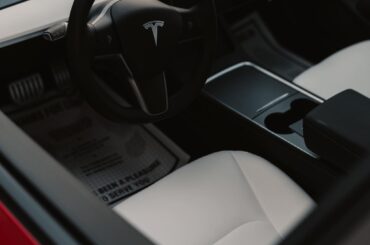Let’s find out Why Doesn’t Tesla Make Cars with a Sunroof with Solar Panels?
Tesla, the American electric vehicle and clean energy company, is renowned for its innovative technologies and futuristic designs. From electric cars and solar panels to energy storage systems, Tesla has made significant strides in the renewable energy sector. However, one question that often arises among Tesla enthusiasts is, “Why doesn’t Tesla make cars with a sunroof with solar panels?”

On the surface, it seems like a no-brainer idea. A sunroof with solar panels would enable electric cars to recharge their batteries using the power of the sun, eliminating the need for external charging stations or power outlets. Furthermore, it would reduce the dependence on the electricity grid, making electric cars even more sustainable and eco-friendly. So, what’s holding Tesla back from implementing this idea?
The truth is that Tesla has already explored the concept of solar-powered cars. In 2017, the company unveiled the Tesla Solar Roof, a series of textured glass tiles that function as both roofing material and solar panels. Elon Musk, the CEO of Tesla, also mentioned that the company was working on incorporating the technology into the roofs of its electric cars. However, no concrete plans or timelines have been announced since then.
One reason why Tesla may not be pursuing solar-powered sunroofs for its electric cars is that the technology is not yet efficient enough to justify the investment. Solar panels on a car roof would not be able to generate enough energy to power the entire vehicle, at least not with the current technology. According to experts, the maximum amount of energy that a solar panel on a car roof could generate is around 200 watts, which is equivalent to about 10 miles of driving per day. While this may seem like a decent amount, it falls short of the average daily commute of most drivers, which is around 30 miles.
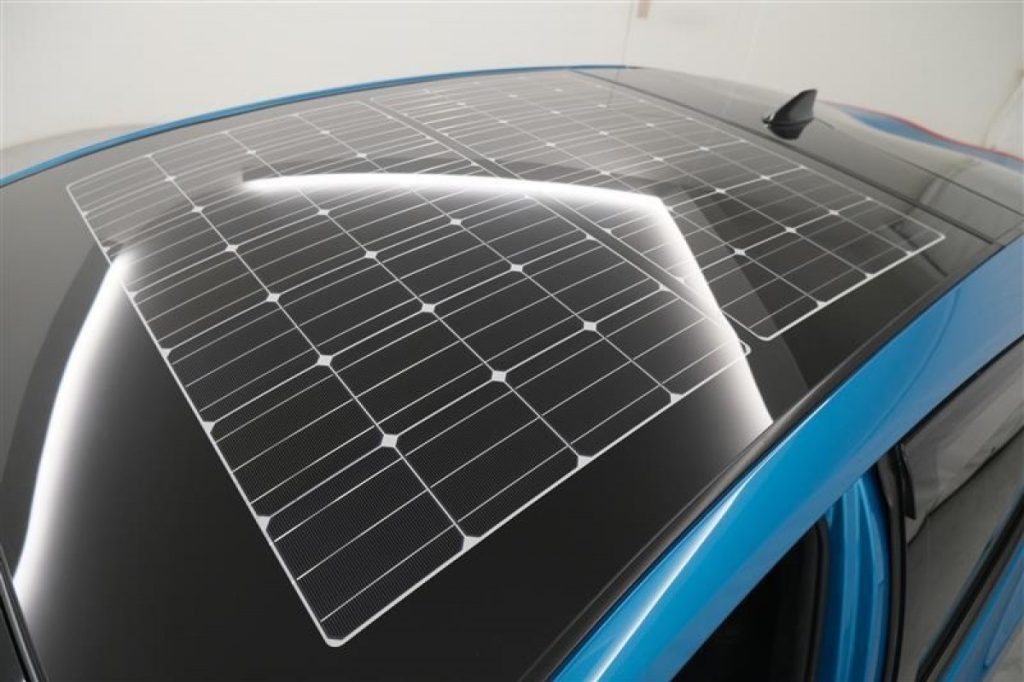
Another challenge is the size of the solar panel required to generate enough power to be useful. A solar panel that covers the entire roof of a car would be expensive and heavy, compromising the car’s performance and design. Alternatively, a smaller solar panel on the sunroof may not generate enough energy to be worth the added cost and complexity.
Moreover, the effectiveness of a solar-powered car also depends on the weather and the amount of sunlight available. In areas with less sunlight, the solar panel’s performance would be reduced, which means the car would still have to rely on external charging sources. Additionally, if the car is parked in a garage or under a shade, the solar panels would not be exposed to sunlight, rendering them useless.
While a solar-powered sunroof may not be a viable solution for powering a car, it could still have some benefits. For instance, it could be used to power ancillary systems, such as air conditioning, radio, or other electronics, reducing the load on the car’s battery. This, in turn, could extend the car’s range and improve its efficiency. Moreover, it could also provide a source of backup power in emergency situations, such as a power outage.
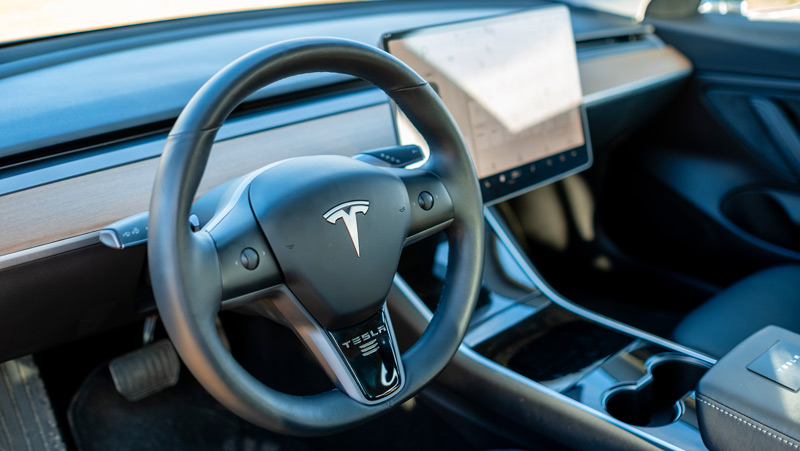
Another factor that may be preventing Tesla from implementing solar-powered sunroofs is the company’s focus on other technologies, such as battery technology and self-driving capabilities. Tesla has invested heavily in developing better batteries, with the aim of increasing their efficiency, capacity, and affordability. The company’s latest battery, the 4680, promises to revolutionize the electric vehicle industry, with a claimed energy density that is five times higher than the current technology.
Similarly, Tesla has been working on its Autopilot and Full Self-Driving (FSD) technologies, which aim to make driving safer, more comfortable, and ultimately, autonomous. The company has been testing FSD in beta mode with a limited number of customers and plans to roll it out to more drivers in the future.
These technologies are critical to Tesla’s mission of accelerating the transition to sustainable energy and transportation. By making electric cars more efficient, affordable, and autonomous, Tesla aims to reduce the carbon footprint of transportation and make it accessible to more people worldwide.
In addition, Tesla has been expanding its range of products and services beyond electric cars, such as energy storage systems and solar panels. The company’s Powerwall and Powerpack batteries are designed to store excess solar energy generated during the day and use it to power homes and businesses at night or during outages. Tesla’s solar panels also enable homeowners to generate their own clean energy and reduce their reliance on the grid.
Given these priorities, it’s understandable why Tesla may not be actively pursuing solar-powered sunroofs for its electric cars. While it’s a compelling idea that aligns with the company’s mission and vision, it may not be practical or feasible at this point in time. Tesla has to balance its investment in research and development with its commercial viability and customer demand. If the solar-powered sunroof becomes a more feasible and profitable option in the future, it’s possible that Tesla may revisit the concept and incorporate it into its electric cars.
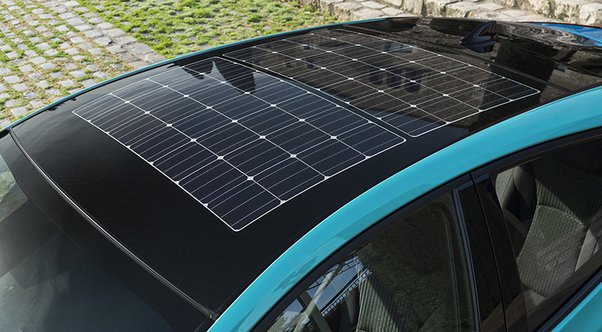
In conclusion, the idea of a sunroof with solar panels for electric cars may seem like a no-brainer, but the technology and practicality of the concept are still in question. Tesla has already explored the concept of solar-powered cars with the Tesla Solar Roof but has not made any concrete plans to incorporate the technology into its electric cars. The current limitations of the technology, including efficiency, size, and weather dependence, may be preventing Tesla from pursuing the idea.
Additionally, the company’s focus on other technologies, such as battery technology and self-driving capabilities, may be taking precedence over solar-powered sunroofs. Nonetheless, Tesla’s commitment to sustainability and innovation means that it’s always looking for ways to improve its products and services and lead the way toward a cleaner and more sustainable future.


